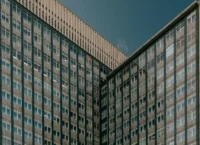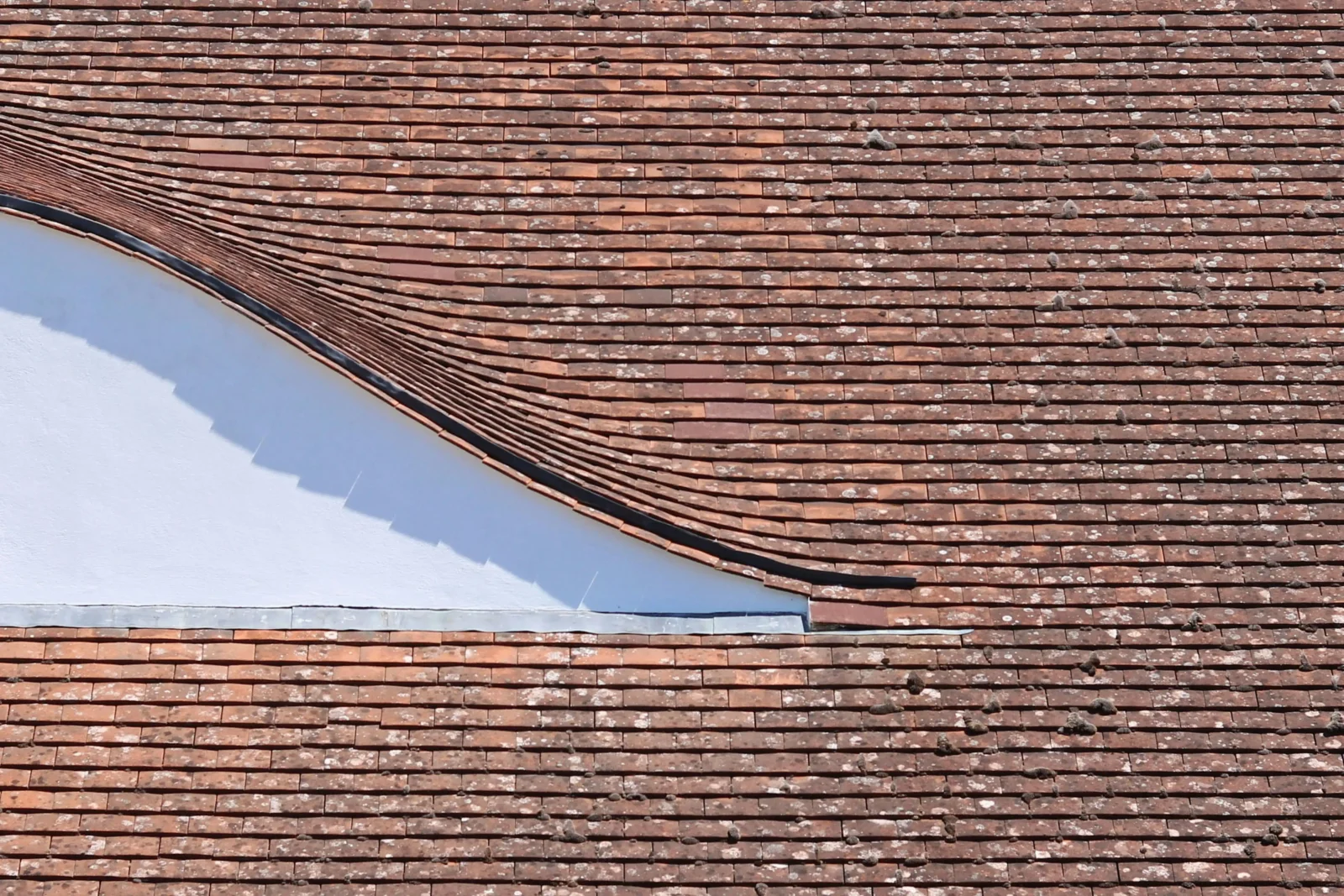- Home
- Articles
- Architectural Portfolio
- Architectral Presentation
- Inspirational Stories
- Architecture News
- Visualization
- BIM Industry
- Facade Design
- Parametric Design
- Career
- Landscape Architecture
- Construction
- Artificial Intelligence
- Sketching
- Design Softwares
- Diagrams
- Writing
- Architectural Tips
- Sustainability
- Courses
- Concept
- Technology
- History & Heritage
- Future of Architecture
- Guides & How-To
- Art & Culture
- Projects
- Interior Design
- Competitions
- Jobs
- Store
- Tools
- More
- Home
- Articles
- Architectural Portfolio
- Architectral Presentation
- Inspirational Stories
- Architecture News
- Visualization
- BIM Industry
- Facade Design
- Parametric Design
- Career
- Landscape Architecture
- Construction
- Artificial Intelligence
- Sketching
- Design Softwares
- Diagrams
- Writing
- Architectural Tips
- Sustainability
- Courses
- Concept
- Technology
- History & Heritage
- Future of Architecture
- Guides & How-To
- Art & Culture
- Projects
- Interior Design
- Competitions
- Jobs
- Store
- Tools
- More
Top 5 Things Commercial Property Owners Overlook When Picking a Roof System

The roof is a critical part of any commercial property. It protects valuable assets, supports energy efficiency, and plays a direct role in how the building performs year after year. Yet, for many owners, selecting the right roofing system is often treated as an afterthought.
Even they do not evaluate the important factors. They just make decisions mainly based on budget alone or market trends. And that is where problems begin.
Having said that, in this article, we’ll walk through the top things commercial property owners commonly overlook. Plus, how avoiding them can save you serious time, money, and frustration in the long run.
So, without any further delay, dive into the article!
Table of Contents
Toggle1. Only Assess the Initial Cost
One of the most overlooked factors in roofing selection is the total cost over time. However, many building owners get drawn in by attractive quotes, and they fail to consider the other aspects, such as:
- How long will the roof last?
- How often it might need repairs, or
- How much upkeep will it require?
By the way, a roofing system that looks economical in the beginning might cost more in the long run. It can happen because of frequent leaks, patchwork, or early replacement. On the other hand, a slightly more expensive system might offer 20–30 extra years of life with minimal maintenance.
2. Energy Efficiency and Thermal Behavior
Many property owners forget that roofing directly affects the building’s interior temperature and energy costs. It occurs because certain systems reflect more sunlight. However, others trap heat or insulate better.

In fact, this thermal behaviour can lead to significant operational savings or losses over time. Hence, in such situations, understanding how different systems handle heat transfer is key.
For example, metal roofing and TPO roofing are two commonly used systems in commercial builds. They are both known for their energy efficiency, but in different ways. While one may excel in heat reflectivity, the other performs better in insulating under extreme sun or weather shifts. Knowing when and where each works best is crucial.
That’s why comparing metal roofing vs TPO roofing based on thermal performance is a smart move when planning a new installation or replacement. To know in a better way, you can read the online blogs. Turns out, you will be fully prepared to make the decision.
3. Ignoring Structural Load Compatibility
Every building has its own structure. They are not designed to support every roofing type. Some systems are heavier and require stronger support structures. On the contrary, others are more lightweight and flexible. If someone ignores this factor, it can result in serious structural strain. Moreover, it may lead to violations of building codes.
Hence, before selecting any sort of material, an evaluation of your building’s load-bearing capacity is very important. A mismatch between roof weight and building support can compromise safety. They become more prone to storms or heavy snow.
Tip: Always involve a structural engineer in the planning phase to verify load compatibility.
4. Maintenance and Accessibility Issues
Maintenance needs can vary significantly between roofing systems. Some require regular inspections and surface treatments, while others hold up for years with minimal attention.
Beyond that, you also need to think about how easy it is to access and maintain the roof. If the design or material makes it unsafe for routine maintenance, you’re likely to spend more on professional inspections or repairs.
Tip: Understand the long-term upkeep commitment before installation. This is very important if your facility is large or in a hard-to-access location.
5. Disregarding Local Weather Conditions
Your regional climate should play a central role in determining which roofing system is best. Be it extreme sun exposure, humidity, heavy rainfall, snow loads, or high winds. Every weather condition brings its own set of challenges.

However, if you choose a roof that performs well in a different climate zone, you can prevent its premature aging, leakage, and even structural issues.
Tip: Select roofing systems that are specifically rated and tested for your local weather challenges, not just what’s commonly used elsewhere.
To Sum It All Up!
A roof is much more than a protective covering. Instead, it’s a high-stakes decision that affects your building’s performance, safety, and long-term costs. While many owners compare features or prices, it’s the overlooked factors that often determine how well the system performs over time.
If you’re currently weighing your options, don’t rush the process. Each has its benefits, but suitability depends on factors like building use, slope, structural limits, and climate exposure.
illustrarch is your daily dose of architecture. Leading community designed for all lovers of illustration and #drawing.
Submit your architectural projects
Follow these steps for submission your project. Submission FormLatest Posts
Moving Out of Colorado? Smart Tips to Sell Your Home
Leaving Colorado is a big decision. For some homeowners, it’s about work....
How Can You Choose the Right Realtor in Kirkland, WA for Your Home Search?
Choosing the right Realtor in Kirkland, WA, can shape the entire home...
Why Hiring Local Maricopa, AZ Real Estate Agent Makes All Difference
That enthusiasm for shopping for your new home in Maricopa quickly fades...
Best Practices for Roof Inspections and Maintenance
On most projects, the roof spends decades out of sight while carrying...












Leave a comment